

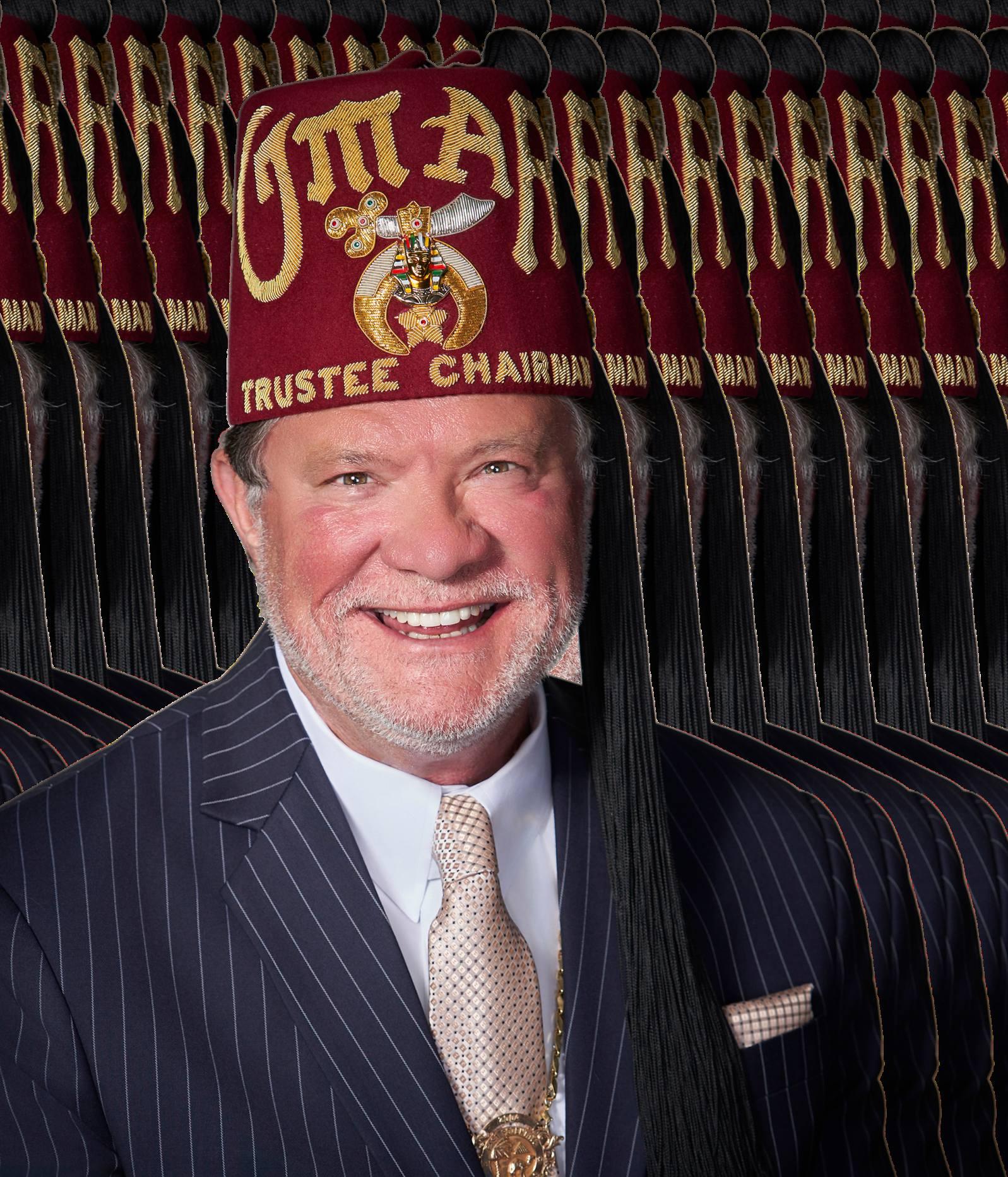
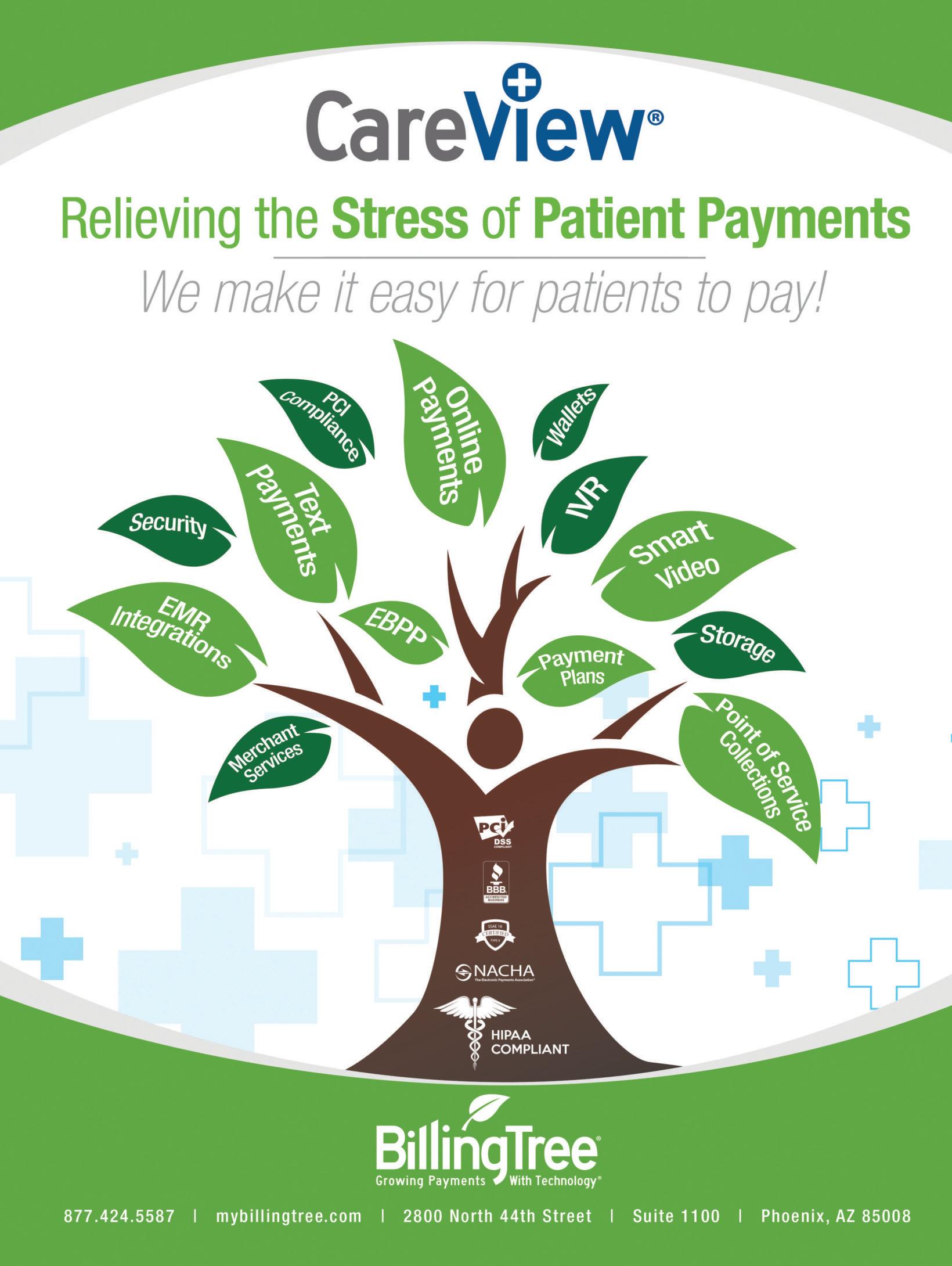








May
Cerebralpalsyisanon-progressiveneurologicalcondition,resulting
from brain injury before, during, or shortly after birth, affecting movement, muscle tone, and posture. Although CP cannot be cured,propercarecangreatlyimprovemobility,alleviatepain,andenable individuals to lead more meaningful lives. In our latest issue, Leading Providers of Cerebral Palsy Treatment - 2025,wehighlighttheoutstanding institutions and professionals that are changing lives for individuals withcerebralpalsy(CP).
OurcoverstoryhighlightsShrinersChildren’s,ashiningexampleofhope that is known for their team-based approach. Their dedication sees all children receive the best possible care, irrespective of financial situation, combining cutting-edge therapies, surgical skill, and family-focused support.We also feature UCPof Sacramento and Northern California, an agency that excels through its compassionate, long-term commitment. They don’t provide quick fixes; rather, they listen, adjust, and walk with familiesthrougheveryobstacleandvictory.
Fromadvancedphysicalandoccupationaltherapiestoassistivetechnology innovationandsurgery,thesecaregiversdemonstratepeakperformancein caring for the varied needs of CP patients. Their efforts highlight the potential of early intervention, integrative care, and tireless advocacy in enhancingqualityoflife.
Immerseyourselfinthesestoriesandseehowtheseleadersareraisingthe barforCPcare.Theireffortsserveasareminderthatwithpropersupport, patients with CP can reach incredible milestones. We hope this edition educatesandinspires,bringingtolightpatients’strengthandendurance,as wellasproviderswhoadvocatefortheirjourney
Haveaninsightfulread!
C O V E R S T O R Y
Shriners Children’s Leading the Future of Personalized Cerebral Palsy Treatment P R O F I L E A R T I C L E S 06 22 26 20
UCP of Sacramento and Northern California Empowering Abilities, Uplifting Families
Innovative Therapies
Transforming Cerebral Palsy Treatment in 2025
How Assistive Devices Are Enhancing Lives for Those with Cerebral Palsy





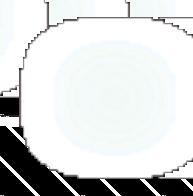

Brief Featuring Person Organiza�on
Kayla's Children Centre kaylaschildrencentre.org
Yaffi Scheinberg CEO
NAPA napacenter.org
Perth Childrens Hospital Founda�on pchf.org.au
Shriners Children's shrinerschildrens.org
UCP of Sacramento and Northern California ucpsacto.org
Bryan LaScala
CEO
Carrick Robinson
CEO
Dr. Leslie D. Stewart President
Doug Bergman President & CEO
Kayla's Children Centre empowers children with special needs through integrated therapy, educa�on, and recrea�on, delivering personalized care in a state-of-the-art facility.
NAPA Centre provides innova�ve pediatric therapy, offering intensive and tradi�onal programs tailored to children's needs, fostering development in a suppor�ve environment.
Perth Children’s Hospital Founda�on funds advanced equipment, research, and care, suppor�ng sick children in Western Australia to achieve healthier, happier lives.
Cerebral palsy care at Shriners Children’s blends innova�ve medicine, therapy, and research, cra�ing personalized plans to enhance mobility and independence for children and families.
UCP of Sacramento and Northern California supports families naviga�ng cerebral palsy challenges, fostering independence and community through prac�cal, compassionate programs for decades.
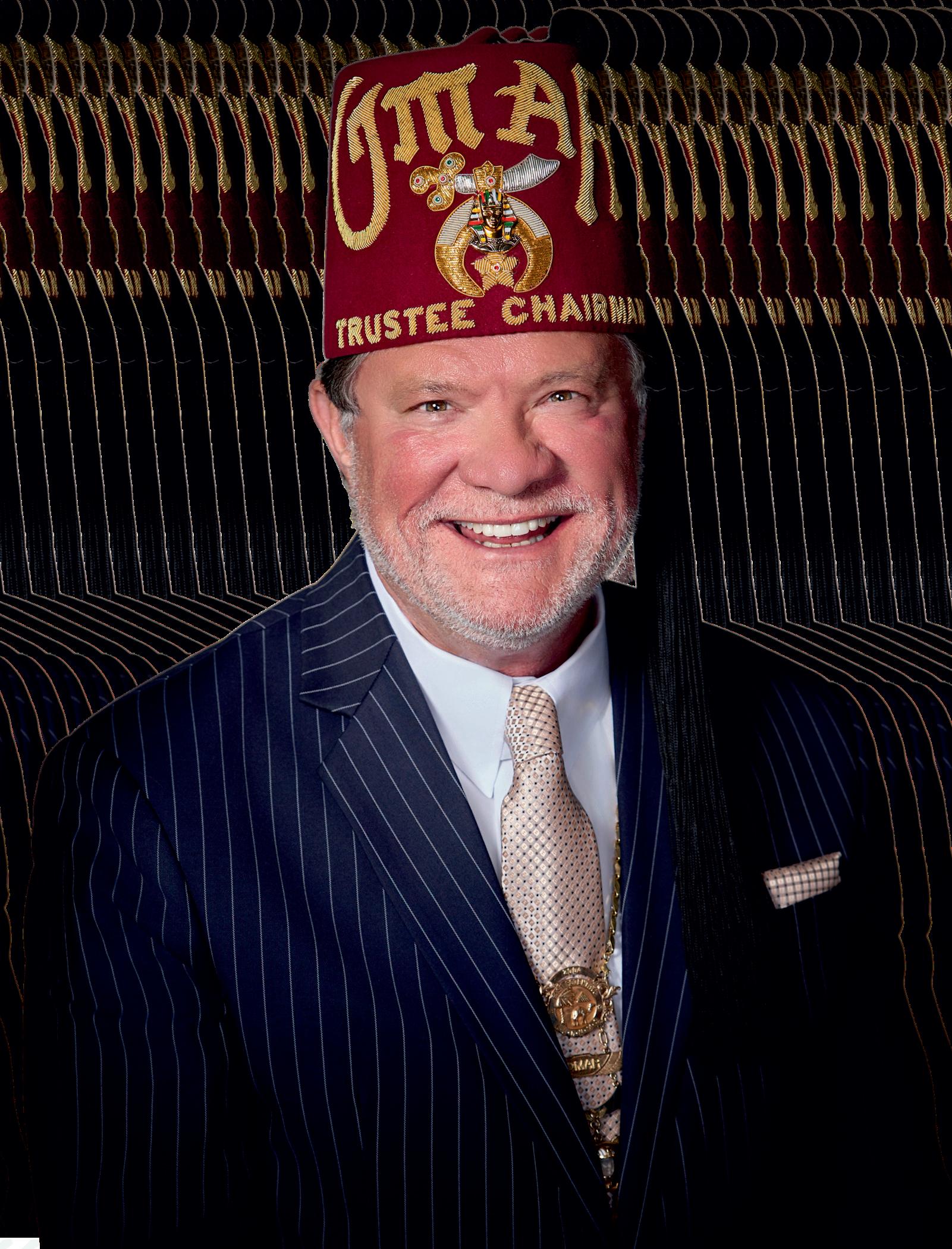
Dr.LeslieD.Stewart President ShrinersChildren’sChicago
Cerebral palsy (CP) is a complex brain disorder
involving movement and muscle control. Children withCPrequiremorethanroutinemedicalcare;their condition requires a nurturing, inventive care that goes beyond a body-based approach, and incorporates the emotional and developmental needs of the child and family ShrinersChildren’sisoneoftheleadersinthissphere,andits teamwork-orientedapproachiswellknownforensuringthat every child is guaranteed the most beneficial care no matter theirfamily’sfinancialstatus.
ShrinersChildren’sisnotmerelyapediatriccarefacility,but provides light and hope to affected families in regard to CP They integrate modern medicine with therapy, research, and follow-up care to design individualized care plans to allow each child to be more independent and mobile. Underlying their work is a sincere concern about children and their families.
As the President of Shriners Children’s, Dr. Leslie D. Stewart leads the healthcare system that embarks upon this valuableworkwithfireinthebellyandvisionenlightenedby fairnessandinnovation.Dr.GabyMartinez,MD,aleading

pediatric expert at Shriners Children’s Chicago, one of morethan30locationsintheinternationalhealthcaresystem, demonstrates the collaboration and skill that makes the CP programattheorganizationoneofthemostsuccessful.Their work emphasizes the difference that Shriners Children’s brings and what the future holds for advancing treatment of childrenwithneurologicalissues.
Let’s explore the innovative, family-focused approach Shriners Children’s uses to improve outcomes for kids with cerebralpalsy!
Dr Stewart’sleadershipatShrinersChildren’siscloselytied totheorganization’scoremission:givinglife-changingcare toeverychild,nomattertheirfamily’sfinancialsituation.Dr. Stewart reflects on this calling with profound sincerity, noting,“MypassionforleadingShrinersChildren’sisdeeply rooted in our mission providing life-changing care regardless of a family’s ability to pay.” This core value transcends typical healthcare delivery and permeates every aspectoftheorganization’soperations.
What continues to inspire Dr. Stewart daily is the extraordinary dedication of the multidisciplinary teams physicians, clinicians, researchers, and support staff—whosharearelentlesscommitmenttohelpingchildren with cerebral palsy achieve their fullest potential He emphasizes, “The complexity of care they require demands not only medical excellence, but also compassion, innovation, and long-term partnership with families.” This comprehensive, patient-centered philosophy sets the organizationapartinafieldoftenconstrainedbyfragmented caremodels.
ForDr Stewart,leadingShrinersChildren’sismorethanan administrative role; it is a profound responsibility and a personal calling. “To be entrusted with leading this organization is not just a role—it’s a calling,” he explains. This sentiment underscores the depth of commitment that drives Shriners Children’s mission and its remarkable outcomesincerebralpalsytreatment.
ShrinersChildren’sreputationforexcellenceincerebralpalsy care stems from a steadfast commitment to combining compassion with cutting-edge innovation. Dr. Stewart highlightshowtheorganization’sintegratedmodelharnesses diversemedicalexpertisealongsiderehabilitativetherapyand

My passion for leading Shriners Children’s is deeply rooted in our mission—providing life-changing care regardless of a family’s ability to pay. ”
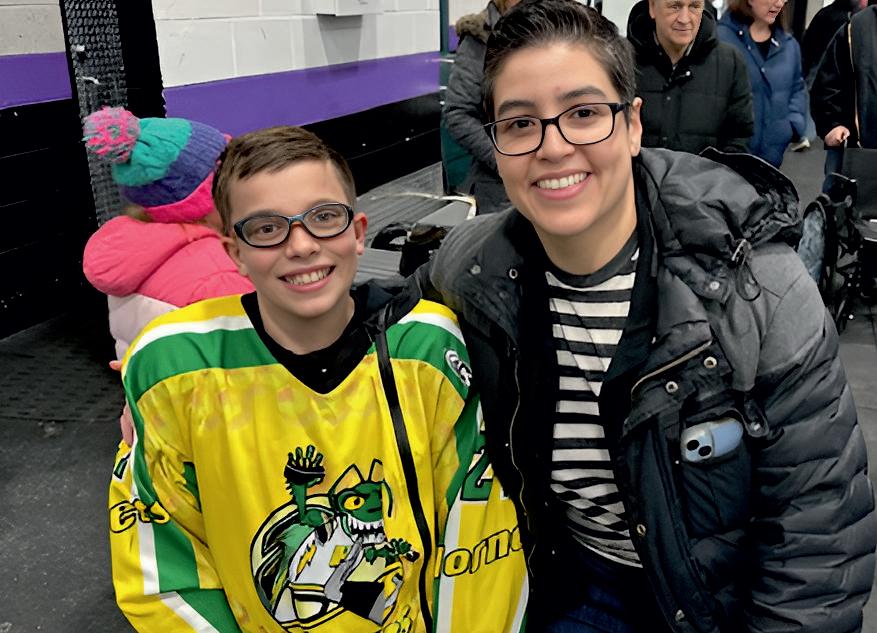
The complexity of care they require demands not only medical excellence, but also compassion, innovation, and long-term partnership with families.”
rigorous research to offer life-changing treatments. “Our commitmenttoexcellenceincerebralpalsycarestemsfrom the life-changing impact we’ve seen through our interdisciplinary approach, combining advanced medical treatmentwithrehabilitativetherapy,research,andlong-term support,”heexplains.
For Dr. Stewart, the true reward lies in witnessing the resilience and milestones achieved by young patients, each stepatestamenttotheorganization’simpact.Herecountsthe profound moments: “Every milestone no matter how small—is a powerful reminder of why we do what we do. It maybehittingabaseballofftheteeforthefirsttime,walking withabipedalgateunaided,graspingandusingacellphone, and other things we just take for granted.” These everyday achievements are emblematic of the hope, mobility, and independencethecareatShrinersChildren’sstrivestoinstill.
This sense of purpose continuously fuels the organization’s efforts to innovate, collaborate with leading experts, and maintainitsroleasatrailblazerinpediatricneurologicalcare. “We’re not just treating a condition; we’re empowering children and families with hope, mobility, and independence,”Dr.Stewartaffirms.Suchaholisticapproach exemplifies the organization’s ethos: to treat children as wholeindividuals,notjusttheirdiagnoses.

What makes the approach to cerebral palsy care at Shriners Children’strulyuniqueandeffectiveisitsdeeplyintegrated, patient-focused model Dr Stewart describes how the institution brings together a diverse team of pediatric specialists—orthopedicsurgeons,neurologists,physicaland occupationaltherapists,motionanalysisexperts,prosthetists and rehabilitation physicians—who collaborate closely to design personalized care plans. “We bring together a multidisciplinary team of pediatric specialists, all collaborating under one roof to design individualized care plansthatevolvewiththechild’sneeds,”henotes.
This collaborative framework ensures that every dimension of a child’s development physical, emotional, and functional—isthoughtfullyconsideredandaddressed.Oneof the organization’s technological cornerstones is its Motion AnalysisCenters,wheredata-driveninsightsallowclinicians to tailor surgical and therapeutic interventions with unparalleledprecision.“We also leveragecutting-edgetools like our motion analysis centers, which provide data-driven insights that help us tailor surgical and therapeutic interventions for the best possible outcomes,” Dr. Stewart explains. Moreover, the journey with Shriners Children’s extendswellbeyondisolatedproceduresortherapysessions. The organization’s commitment to continuity of care and compassionateengagementcreatesasupportiveenvironment for families throughout their long-term treatment journey “Our care doesn’t end with a procedure or therapy session—it’sajourneywetakewithourpatientsandfamilies over the long term,” Dr. Stewart affirms. This continuity, combinedwithacultureofinnovationandresearch,cements the institution’s status as a leader in pediatric cerebral palsy care.
For Dr. Martinez, the most rewarding breakthroughs come from building deep, trusting relationships with patients and their families. Reflecting on her career, she shares a memorableexperiencethathighlightstheimportanceoftrust andpatientengagementineffectivecerebralpalsytreatment.
Dr Martinez recounts an initial encounter with a patient referred specifically for Botox injections under general anesthesia. However, she prefers performing these procedureswithonlylocalnumbingcreamandcoldsprayina clinicsetting,whichinitiallycausedtensionwiththefamily Tomeetthefamilyhalfway,shearrangedlightsedation
“Our commitment to excellence in cerebral palsy care stems from the life-changing impact we’ve seen through our interdisciplinary approach, combining advanced medical treatment with rehabilitative therapy, research, and long-term support.”

administeredbyanintensivist,thoughtheexperienceproved traumaticforthechild.Oversubsequentvisits,asrapportwas established, the family allowed Dr Martinez to perform the injections in the clinic, supported by nursing staff and child life specialists providing distraction. “Fast forward to now and this family invites me to his sled hockey games on the weekendsandtrustsme100%withhiscare,”shereflects.
Thisstoryillustrateshoweffectivecommunication,empathy, and persistence are as vital as medical interventions in cerebral palsy care. Such patient-centered relationships are fundamentaltothelong-termsuccessoftreatmentplansand theempowermentoffamilies.

Treating cerebral palsy poses significant challenges, particularlywhendiscussingrealisticoutcomeswithfamilies. Dr Martinez highlights one of the most difficult aspects: explainingwhenachild’sprognosisforindependentwalking is limited. “Many times children are referred to Shriners initially to see one of the orthopedic surgeons because they may need surgeries on their hips or spine and sometimes families think that after surgery their child will be able to walk,”sheexplains.
While surgery can improve mobility for some, it does not guaranteeindependentwalking,especiallywhencoremuscle weakness is a barrier Addressing this sensitively and managing expectations requires patience and compassion. Oncefamiliesunderstandtherealities,theyoftenembracethe collaborative therapy efforts and assistive technologies that supporttheirchild’smobility “Onelargebarriertowalkingis weakness in the core/trunk muscles. Families see that their childmayachievestandingorwalkingintheirownwaywith anassistivedeviceorbraces,”Martineznotes.
By reframing these challenges as opportunities to enhance qualityoflifethroughcustomizedsupports,theteamfostersa positive outlook and empowers families to actively participateintheirchild’sprogress.
StayingAheadThroughResearchandTechnology
Innovation remains at the forefront of the organization’s strategy for advancing cerebral palsy care. Dr. Martinez details how ongoing research across the healthcare system leverages the breadth and depth of the patient database to track outcomes over the lifespan, enabling evidence-based improvements in treatment protocols This extensive longitudinal data is a unique asset that supports continual refinementofcare.
One exciting frontier is the implementation of spinal stimulation to improve lower extremity function and potentially enhance walking ability. “Our therapists are training in the use of, and beginning to implement spinal stimulationtotrytostrengthenlowerextremityfunctionand thuspotentiallyimprovewalkingability,”Martinezexplains. This therapeutic advancement reflects the institution’s commitment to integrating novel technologies alongside establishedtreatmentmodalities.

We’re not just treating a condition; we’re empowering children and families with hope, mobility, and independence.”
Moreover, the rehabilitation team’s close collaboration with orthopedic surgeons ensures that comprehensive care is providedbefore,during,andaftersurgeries.Thisanticipatory approach maximizes mobility and functional outcomes as children transition through various phases of treatment “When a child with CP requires Orthopedic surgery we anticipate their rehabilitation needs even before they have a surgical date so that we can maximize their mobility and function as soon as they are able to start bearing weight throughtheirlegs,”Martinezsays.
Agroundbreakingdevelopmentwithinthehealthcaresystem is the unification of 14 Motion Analysis Centers (MACs) across the network, creating the world’s largest pediatric motion analysis collaboration. This digital connectivity facilitatesseamlessdatasharingamongclinicians,enhancing carecoordinationandacceleratingresearch.
“OurMotionAnalysisCenterisconnectedwithall14MACs across the Shriners Children’s system, makingit the world’s largestunifiedpediatricmotionanalysiscenterintheworld,” Martinez highlights. This unprecedented collaboration enables doctors across the system to learn from collective experiences, inform future care decisions, and push the boundariesofresearch.
The MACs play a crucial role in objectively assessing walking abilities and guiding personalized interventions related to bracing, therapy, and surgery. This integration of objective data with clinical expertise exemplifies the organization’s commitment to precision medicine and outcome-drivencare.
Understandingthatnotwochildrenwithcerebralpalsyshare the exact same needs, Shriners Children’s emphasizes individualized treatment plans developed through comprehensive assessments. Dr. Martinez stresses the importance of spending ample time with patients to thoroughly evaluate their specific circumstances. “Because theShrinerssystemprioritizespatientcareoveranythingelse, weareabletospendwhatevertimeisnecessarytoassessand address each child’s needs in a thorough manner,” she explains.
This patient-first philosophy allows for thoughtful, multidisciplinary management plans that are consistent across the care teamyet uniquely tailoredto each child.The
ability to dedicate this level of attention distinguishes the organization from others constrained by time pressures and standardization It reflects a profound respect for the individualityandcomplexityofeverychild’sjourney
Lookingforward,ShrinersChildren’sispoisedtoexpandits offerings with promising initiatives such as a spinal stimulation program aimed at improving lower extremity motor function. Dr Martinez notes that several therapists have recently received training to implement this advanced treatment within the physical therapy department This advancement holds the potential to significantly enhance standing and walking capabilities for children with cerebral palsy.
Alongside this, the integrationof the digitalmotion analysis network represents a revolutionary stride forward. “This revolutionarynewdevelopmentatShrinerswillmakeiteasier fordoctorsacrossourentirehealthcaresystemtosharedata, learn from past patient experiences, inform future care decisions, and perform cutting-edge research,” Martinez says. These innovations not only enhance clinical care but alsosetnewstandardsforpediatricneurologicalresearch.


“We bring together a multidisciplinary team of pediatric specialists, all collaborating under one roof to design individualized care plans that evolve with the child’s needs.”



Dr Stewart offers heartfelt guidance to healthcare providers aspiring to impact children’s lives profoundly His advice centers on maintaining empathy and remembering the humanitybehindeachmedicalchart.“Mytoppieceofadvice for healthcare providers who want to make a real impact on children’slivesissimple:neverlosesightofthechildbehind thechart,”hesays.Heunderscorestheneedforcollaboration, compassion, and relentless commitment to equity. “When care is grounded in purpose and delivered with heart, the impactcanlastalifetime—notjustforthechild,butfortheir entirefamily.”
Dr Martinez echoes the importance of engagement, particularly with the child themselves. She encourages providers to acknowledge the child as the center of each encounter, regardless of their physical or verbal abilities. “Always ask what their preferred name is and call them by theirname.It’simportantbecauseyouletthemknowthatthey matter to you and you are there to help them become as independentaspossibleandhelpthemhavethebestqualityof life,” she advises. This direct engagement fosters trust and dignity,crucialcomponentsofeffectivepediatriccare.
Shriners Children’s leads the way in cerebral palsy care by combining compassionate treatment, teamwork, and innovation. Guided by Dr Stewart and Dr Martinez, they providepersonalized,evidence-basedcarethatputschildren andfamiliesfirst.
Their advanced programs, like motion analysis and spinal stimulation,focusoneachchild’suniqueneedsandpotential. The trust and resilience built here show a healthcare system trulycenteredonfamilies.
As they grow and improve, Shriners Children’s continues to offerexpertcare,hope,andapathtogreaterindependencefor childrenwithcerebralpalsy.


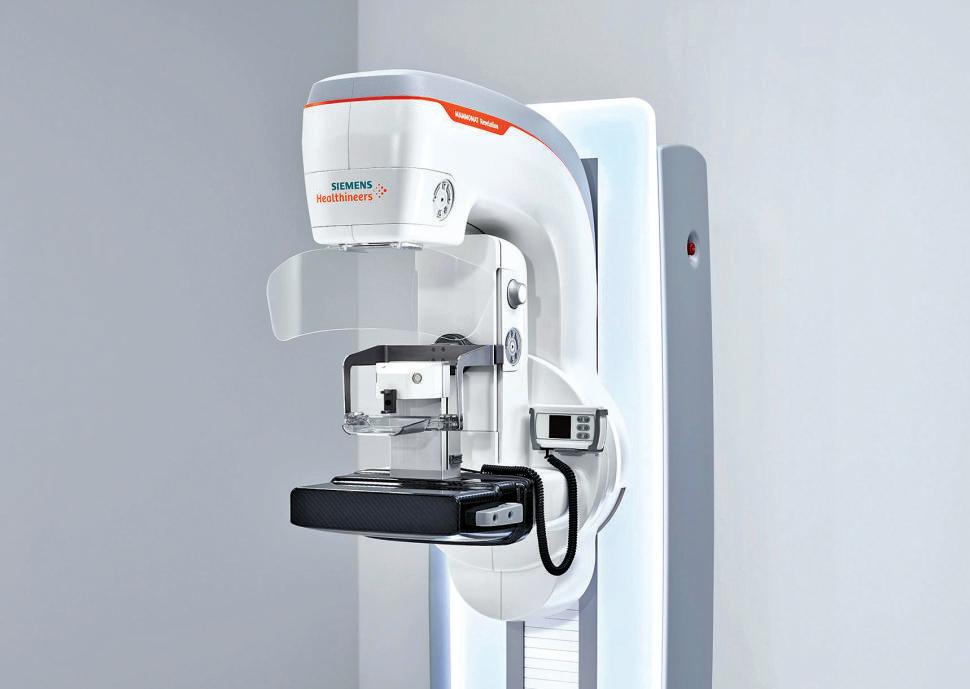






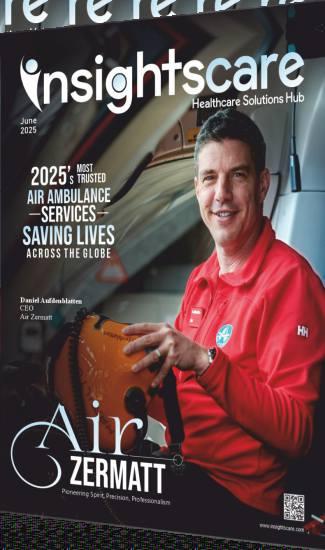

www.insightscaremagazine.com

erebralpalsy(CP)isaneuromusculardisorderwhich has implications in movement, the tone of muscles andbodyposturewhicharearesultofbraindamage occurredbeforeorduringbirth.Cerebralpalsywastreatedin mostofthepreviousdecadesbymerelytreatingitssymptoms through physical therapy, medication and even surgery at times Nevertheless, with breakthrough treatments and technological advancements, 2025 will transform the disability management arena positively as of today; it is altering the way the clinicians treat cerebral palsy, an afflictionthatwasotherwiseuntreatable.
Similarly,cerebralpalsyisextremelydiverseinitscharacter, ranging to the mild restriction of motoric abilities to full mentalandphysicalincapability.AsthecauseofCPisbrain damageandconsequentimpairmentofthenervoussystemas thecontrolovermusclemovementandmovementofthelarge majorityofthebody,theusualtherapyisconcentrated,firstof all, on the optimization of muscle work and prevention of such complications as spastic or contractures. Despite these newer approaches, the traditional techniques are generally ineffectiveinrestoringusefulfunctionaland,orqualityoflife ofmostpatients.
New possibilities, though are being opened up by emerging technologies, which fix the causes of CP at the source and induce nerve repair, utilize new technology to give a more effective therapy These devices can enhance motor control, the concept of thinking and self-sufficiency in new, fresh aspects.
Stem cell therapy is one of the most promising areas of development that transform CP treatment. Stem cells are capacitatedtodevelopintowidevarietiesofcellsandrebuild tissues.Withcerebralpalsy,researchersareexaminingtheuse of stem cells in replacing degenerated parts of the brain as wellasreworking-uptheneurons.
Within a next decade, a number of clinical studies already provedthesafetyandefficacyofsomestemcellsinalleviating motor deficits e.g., bone marrow/ or cord blood-derived mesenchymal stem cells (MSCs). The treatments seem to promote neuroplasticity, or reorganizational ability of the brain and new nerve connections, which is essential for recovery
Thoughstillinthedevelopmentalphase,stemcelltherapyis very promising as a disease-modifying therapy, rather than justpalliationofsymptoms.Potentialtodrivebrainrepairata cellularlevelisaparadigmshiftinthemanagementofCP
Apart from biomedical treatment, there are also new technologies that are revolutionizing the art of neurorehabilitation. Brain-computer interfaces (BCIs) have beenarevolutionarytechnologythatdirectlyinterfacesbrain waves with external devices, circumventing damaged motor pathways.
BCIsareutilizedin2025inphysicaltherapyrehabilitationso that patients with CPcan optimize motor function. Patients, for instance, are able to operate robotic exoskeletons or computer pointers with their brains, which creates new opportunities for physical therapy along with communication.Theinterfacesofferneuroplasticitythrough feedbackprovidedinrealtime,whichrelearnsthebrain.
Genetic and molecular methods also hold great promise for treating cerebral palsy Scientists have found specific genes
andmoleculesthatcausecertaintypesofCP.Thesefindings could lead to gene therapies that fix or improve these problems.
Simultaneously, drug development and basic research of neuroprotectiveagentsthatinhibitoxidativestressandbrain inflammationareinprogress.Theywouldbetargetedtolimit secondarydamagefollowingtheprimarybraininsultandstart healing.
Gene editing technology like CRISPR, as yet in its infancy, holds the potential to edit disease genes responsible for cerebralpalsydirectlyinthefutureandenablehighlyspecific andpersonalizedtherapies.
PersonalizedMedicineandAI-PrescribedTreatment
Personalized medicine has come to cerebral palsy care. Sophisticated imaging, genetic testing, and artificial intelligence(AI)allowdoctorstotailortreatmentforoptimal outcomes.
Monster databases are unearthed byAI programs to predict treatmentsuccess,identifywarningsignals,andrecommend best treatments for each patient. Data-driven medicine maximizestherapybenefitwithoutduplicatesteps.
In addition, artificially powered autonomous robot companions are being developed to aid in daily functioning andtherapeuticactivitytofurtherpromoteindependenceand qualityoflife.
LookingAhead:ChallengesandOpportunities
Although unprecedented advances have been achieved, obstacles to general availability and affordability of cost for the novel treatments do remain. Safety issues of long-term use, ethics of utilizing gene therapy and stem cells, and demandsforadditionalrigorousclinicaltrialsremain.Butthe franticpacesofarexperiencedto2025isrichwithuntapped promise. With further studies ongoing and new treatments being developed and perfected, the future has probably altered radically positive things for the patient with cerebral palsy—tohavericher,moreindependentlives. -Pearl Shaw
DougBergman President&CEO
UCPofSacramentoand NorthernCalifornia


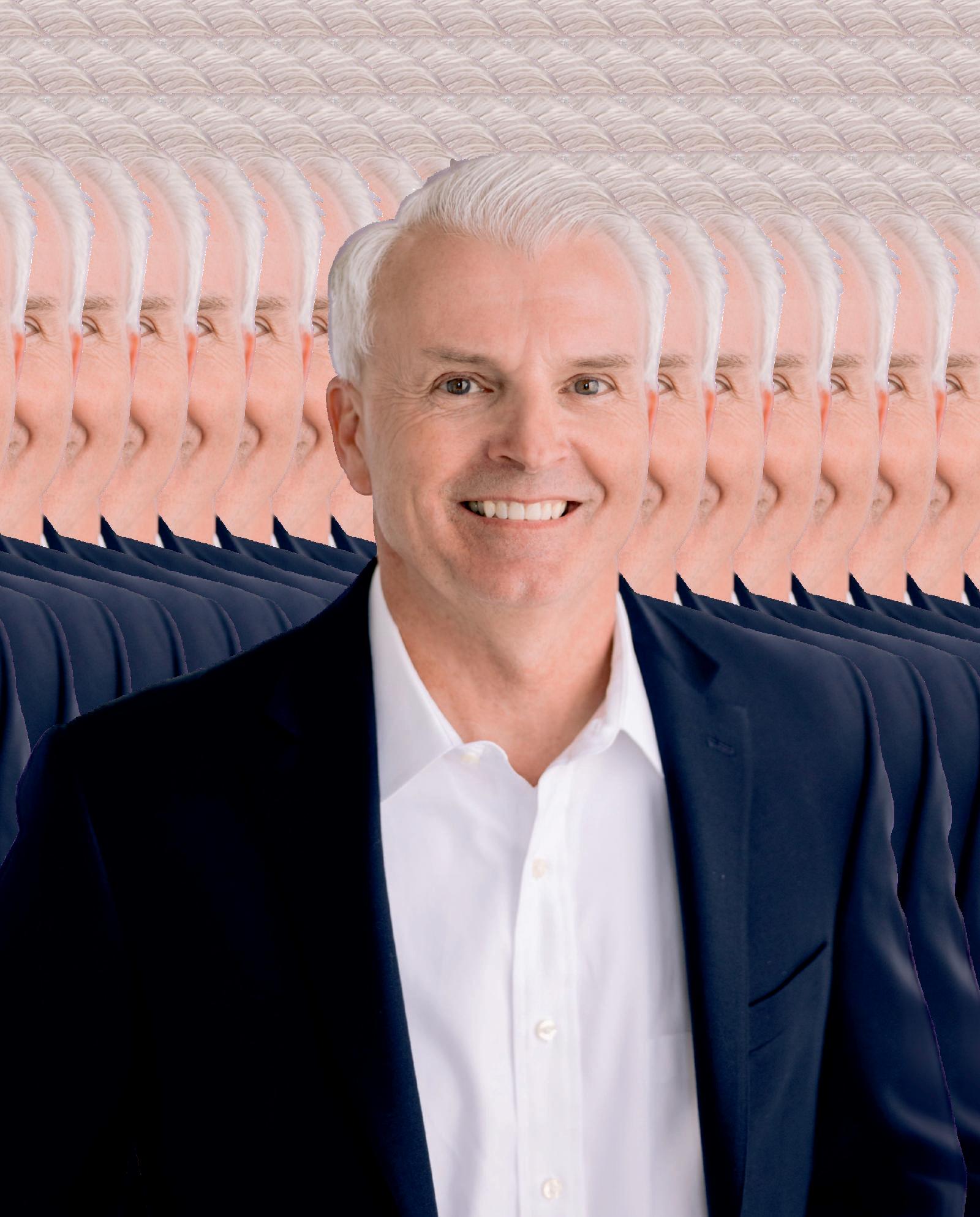


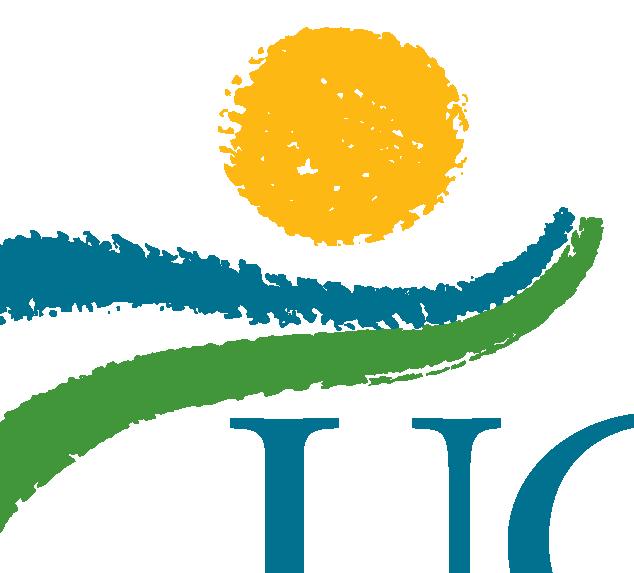

aising a child with cerebral palsy brings a lot of challenges—not just medical ones, but everyday ones too. Families are often trying to find the right supportandfigurethingsoutastheygo.That’swhereUCPof Sacramento and Northern California really helps. They don’tofferquickfixes—theylisten,theyunderstand,andthey stickwithfamilieseverystepoftheway
UCPhas been part of the community for decades, and their workhasgrowninawaythatfeelsthoughtfulandgrounded. It’s not about flashy programs. It’s about what actually helps—giving parents a break when they need it, helping adultswithdisabilitiesbuildrealindependence,andcreating opportunitiesthatremindpeopletheirlivesaren’tdefinedbya diagnosis.
DougBergman,PresidentandCEOofUCPofSacramento andNorthernCalifornia,reallygetsit.HetalksaboutUCP’s mission not as a service list, but as a promise—that people with disabilities deserve to live fully, and that families shouldn’t have to do this alone. That mindset runs through everythingUCPdoes.It’spractical.It’shuman.Anditmakes alastingimpact.
Let’sdelveintotheinterviewdetailsbelow!
Can you tell us about your journey into the field of healthcareandwhatledyoutospecializeincerebralpalsy treatment?
UCPofSacramentoandNorthernCaliforniawasestablished in the Greater Sacramento area in 1955. In 1955, parents of
children with CP were told to send their children to a state institutionforthelifetimeofthechild.Familiesbelievedtheir children deserved better and could be, should be active members of the community, thus UCP of Sacramento and NorthernCaliforniawasborn.
Whatmakesyourorganizationstandoutinthetreatment andcareofchildrenwithcerebralpalsy?
UCPof Sacramento and Northern California, while focused on supporting children, adults, and their families with CP whenlaunched,hasbecomesomuchmore.Throughworking with families with CP, UCP learned that all families with childrenofdevelopmentaldisabilitiesneededsupport.While not an agency providing medical treatment, UCP does provide critical programs and services that help with the learning, development, and independence of those with a developmentaldisability.UCPhasfourprogramdivisionsof Family Respite, Transportation, Adult Programs, and Recreation. Through the four divisions, UCP serves over 3,100individuals.
What recent advancements or innovations in cerebral palsytreatmentareyoumostexcitedabout?
We are very excited about the technological advancements that have been established for those with CP or any intellectual disability. The advancements have allowed for additional body movement, assistance with the ability to communicate,alongwithtoolsthathelpindividualsbemore independentanddomoreontheirown.
The mission of UCP of Sacramento and Northern California is to provide programs and services that improve the independence, productivity, and quality of life for people with developmental disabilities and their families.
UCP of Sacramento and Northern California services over 3,100 program participants throughout the Greater Sacramento Region, including Sacramento, Yolo, El Dorado, Placer, and Nevada counties.


What challenges do healthcare providers face when treating children with cerebral palsy, and how do you addressthem?
For us at UCP and with the services we provide, when working with individuals with CP or any intellectual

disability, our biggest hurdle can be not being able to serve everyone. We are constantly hiring; the more direct service providerswehaveonstaff,themorepeoplewecanserve,but we never seem to have enough staff to serve all. We unfortunatelydohavewaitlists.
How does a multidisciplinary approach benefit children withcerebralpalsy,andwhatroledoesyourteamplayin thisapproach?
UCP uses the person-centered approach, meaning for programming we focus on each individual’s needs. From childrentoadultsweserve,UCPstaffworktounderstandthe individual needs of each person who attends our programming.ForRespite,weunderstandwhatisneededin thehome,foradultprograms,wehaveanindividualplanfor each participant for learning and developing; and for recreation,weusecoregoalsforalltheprograms.Formuchof thelifeofapersonwithadevelopmentaldisability,theyhave been told where to go, what to do, what their limits are, and more.At UCP, we work with individuals to support them in growingtheirconfidence,theirskills,andtheirindependence sotheycandowhattheywanttodoandnotputlimitsontheir abilities.
Canyoushareasuccessstorythathighlightstheimpactof yourtreatmentonachildwithcerebralpalsy?
WhenUCPsays“lifewithoutlimits,”wemeanit.Throughout theRecreationDivision,notonlyhavewepartneredwiththe community to ensure accessibility and access and created connections for families and friends, but we have also made whatmanythoughtimpossiblepossible.Inthelasttwoyears
“When UCP says ‘life without limits,’ we mean it.”

we have taken families skiing in collaboration withAchieve Tahoe and we have taken families scuba diving in collaboration with the Monterey Bay Aquarium. These experiences are life-changing, not only for the children but alsofortheparents/guardiansaswell.
Lookingahead,whataresomeofyourgoalsforthefuture ofcerebralpalsytreatment?
UCPis continuously looking ahead and asking what we are missing,whataretheneedsareforthefamilies,children,and adultswhocometousforprogramsandsupport.Aswelook ahead,wearelookingatexpansionofprograms,addinganew drop-in respite/recreation program, and expanding our recreationservices.
What advice would you offer to healthcare professionals ororganizationsstrivingtoimprovecareforchildrenwith complexneurologicalconditionslikecerebralpalsy?
At UCP, we have four main values: communicate, serve, grow,andsustain.
We believe it is important to meet families where they are, continuetooffercarenotonlyphysicallywheretheyare,but also where they are psychologically, and be sure to provide thefamilywithoptions.Continuetoembraceinnovationand adaptability,buildsystemsthatareresilientbutadaptable,be open to technology Scale thoughtfully, focus on sustainable growth while maintaining high quality of care. And stay missionandcommunityfocused,keepthemissionintheheart of every decision and engage with the community to ensure servicesarerelevant,inclusive,andimpactful.

Cerebral palsy (CP) is a neurological disease that affectsmovement,postureandmusclecoordination. Ithappensduetoirregularbraindevelopmentordue toaninjuryduringearlychildhood,mostlikelybeforebirthor directly after Simple day to day activities we easily understand like walking, eating, or communication can be highlychallengingtopersonswithCP
Life though is getting easier and independent with more people with cerebral palsy because of a very fast pace of assistivetechnology.Assistivetoolsarespecializedtoolsand technologies that enable people to overcome physical, sensory, or cognitive drawbacks. These can be as basic as walking aids and wheelchairs to elaborate communication systemsasfaraspeoplewithCPareconcerned.Innovationin this area in the last 10 years has really changed the way persons with cerebral palsy negotiate the world giving them moreindependenceandenhancingtheirqualityoflife.
For many people with cerebral palsy, moving around isn't always easy Simple things like walking across a room or standing up straight can feel like climbing a mountain. Sometimes the muscles don't listen, sometimes the body moveswhenit'snotsupposedto,andsometimesit'sjusthard tokeepbalance.
Butthegoodnewsis,technologyishelping.Today,thereare lotsoftoolsthatmakemovingeasier
Walkers and gait trainers are great examples. They're like friendly supports that help people walk without the fear of falling.Thesetoolsdon'tjusthelpsomeonestand—theyalso build muscle strength over time.With them, kids and adults canpracticewalking,feelsteadier,andstopworryingsomuch aboutwhatcouldgowrong.
Andthentherearewheelchairs—bothmanualandpowered. For people who need more support, wheelchairs are lifechanging.Someliketomovethewheelsbyhand,whileothers preferelectricchairsthatworkwithajoystickorbuttons.The bestpart?Theyhelppeoplegowherevertheywant—whether it'stoschool,tothepark,orjustaroundthehouse.
Overthepastfewyears,thesedeviceshavecomealongway They're lighter, more comfortable, and easier to use. More than just tools, they're giving people with CP a new way to experiencetheworld—ontheirownterms.
CommunicationDevices:GivingVoicetotheVoiceless
There is always a problem of cerebral palsy and speaking problems, some people may not articulate their thoughts. Luckily, the gap is being filled by modern communication devices commonly referred to as augmentative and alternativecommunication(AAC)tools.
The AAC devices depend on the complexity, stretching to pictureboardsandcomplicatedspeechgeneratingcomputers. Through these technologies, the user can choose words or signs, and they can translate into speech hence be able to engage in conversations, attend school, and articulate their needs.
The other invention that helps people with extreme physical limitation is an eye tracker. They may also pick words or instructionsrightoffascreenbymerelylookingatit.Notonly doesthiscreatecommunication,butitalsocreatesconfidence andasocialconnection,whichiscrucialtoemotionalhealth.
In addition to mobility and communication, there is also the useofassistivedevicesthatareassistingpeoplewithcerebral palsyindoingtheirday-to-dayfunctionsmoreindependently Self-care is becoming less strenuous and more dignified throughtheuseofeatingutensilswithgripsthatalloweasier, specialized grip, adaptive clothing that includes easy-to-use fastenings on clothing and even modifications in the bathroom to include such things as grab bars and shower chairs.
There are people who do have a robotic feeding arm that enablethemtofeedwithoutassistanceofcaretakers.Broadly, othersenjoyspecialkeysandtouchscreensthatprovidethem with easy access to computers, allowing them to engage in schooloremployment.
There is also the changing game of smart home technology Both lights, appliances and security features may be controlled using voice activated system, so that a user may controltheirenvironmentwithouthavingtostrainphysically
With the ongoing technological changes, options to people with cerebral palsy will also be boosted. Researchers are movingontowardwearableexoskeletonstoenhancewalking andposture,brain-computerinterfacestoonedayprovidean evenhigherlevelofdevicecontrolandcommunication.
Thefutureofassistivetechnologyisnotonlyusefulbutalso morepersonalized,andmorefocusedtoensureeveryonehas the correct support based on their individual needs. These advancementsaremakingiteasiertoachieveanobjectiveof fullparticipationinsocietybyindividualslivingwithcerebral palsy
Living in a time where much of the innovation is geared towards convenience it is reassuring to see the form technology can take where it is breaking down walls and creatingnewopportunitiestothosemostinneed.
-Natalie May


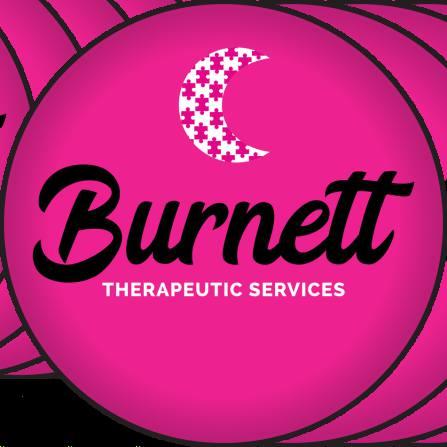


www.insightscaremagazine.com